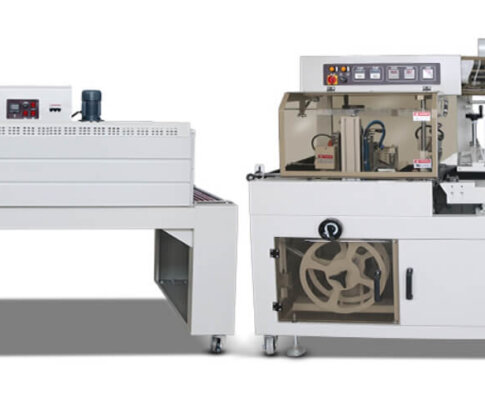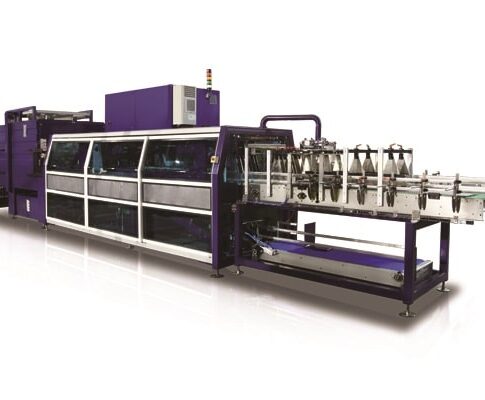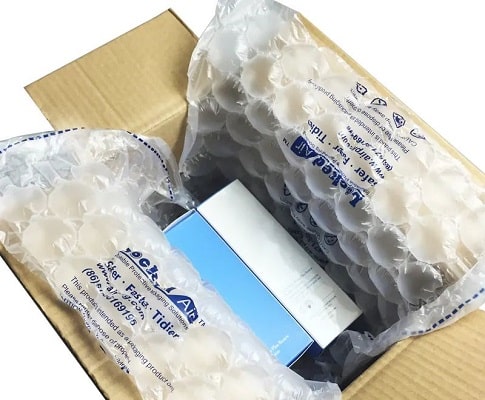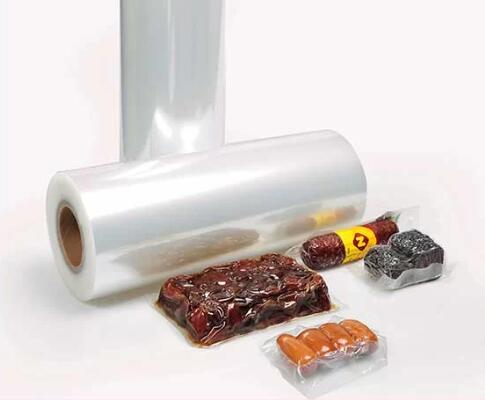
POF means heat shrinkable film. The full name of POF is multi-layer co-extruded polyolefin heat shrinkable film. It uses linear low-density polyethylene as the middle layer (LLDPE) and copolymerized propylene (PP) as the inner and outer layers. It is extruded through three machines. It is plasticized and extruded by the machine, and then processed through special processes such as die molding and bubble inflation. It is the most widely used and rapidly developing new environmentally friendly shrink film in the world. This product adopts an advanced special process of biaxial stretching and three-layer melt co-extrusion. Produce safe and reliable soft shrink films with high transparency, high shrinkage, high toughness, high heat sealing performance, excellent antistatic and cold resistance.
Comparison between POF Heat Shrinkable Film and PVC Heat Shrinkable Film
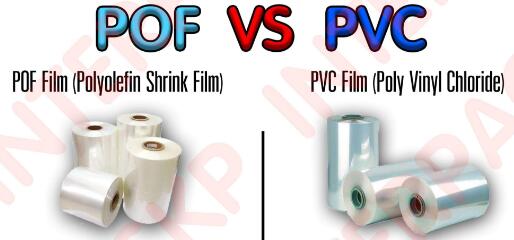
- Cost: PVC has a larger proportion than POF and has a higher unit cost.
- Puncture resistance: POF is thin and tough, soft in texture, and has high tensile strength. PVC is thick and brittle, has uneven thickness, low strength, and poor puncture resistance.
- Cold resistance: POF has excellent cold resistance. It is not hard or brittle at -50℃, and it is not easy to break. It can be used for frozen food packaging. After shrink packaging, the packaged materials are stable when stored for a long time at -50℃–95℃. PVC is easily brittle and broken at low temperatures.
- Processing performance: POF processing performance is also better than PVC.
- Safety performance: After POF shrink packaging, the four corners of the seal are soft and will not cut people’s hands, while the four corners of PVC film are sharp and easy to cut.
- Environmentally friendly and hygienic performance: POF complies with FDA standards and is hygienic and safe. PVC will produce harmful gases during processing and is not environmentally friendly.

